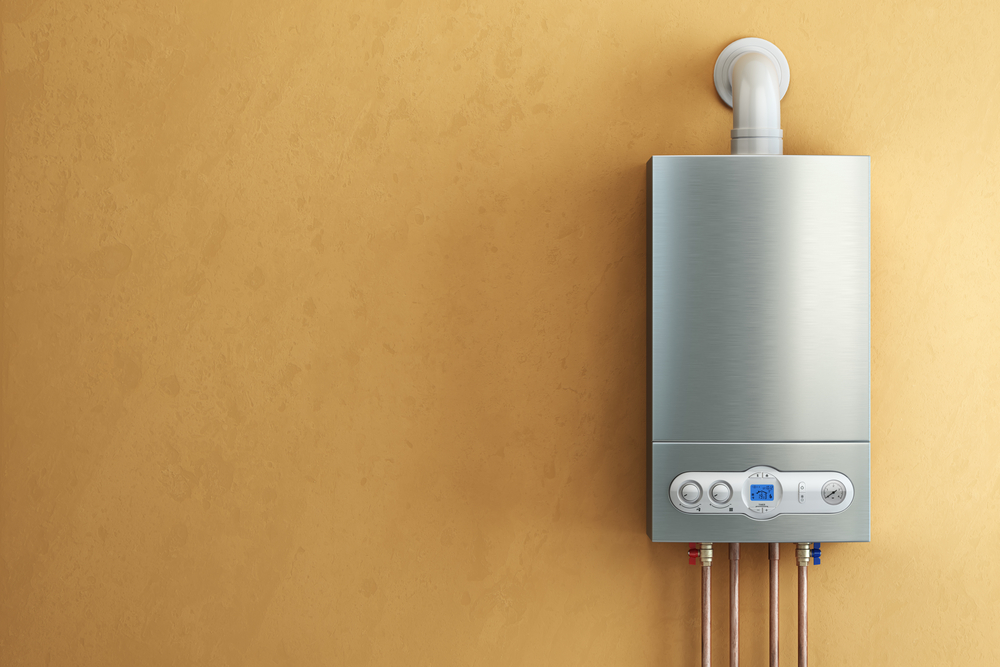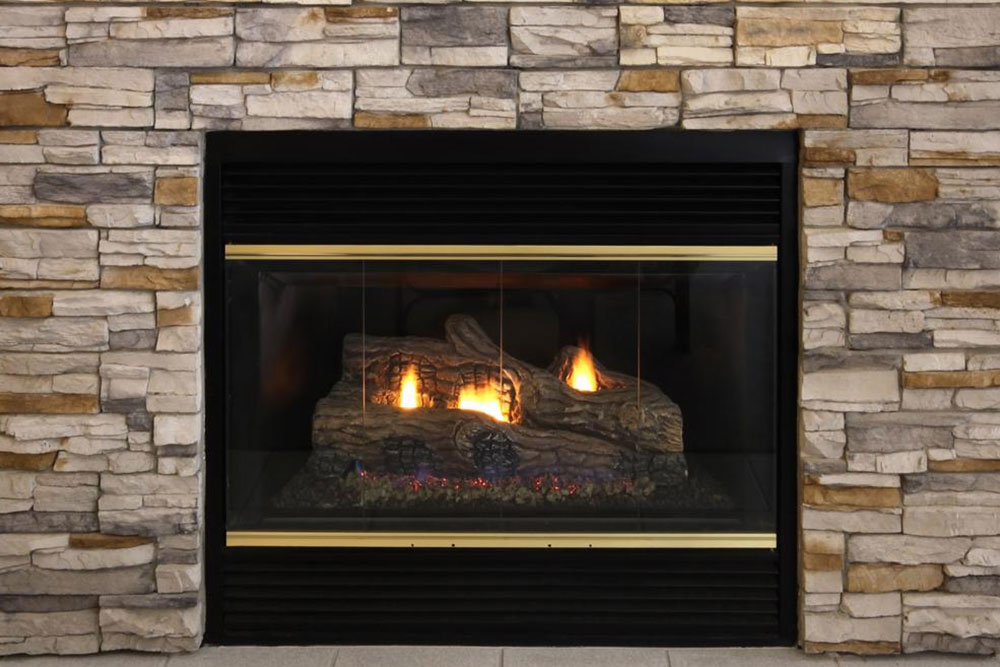Comprehensive Guide to Selecting and Optimizing Ceiling Fans for Your Home
This comprehensive guide explores how to select, install, and maintain ceiling fans to maximize their efficiency and aesthetic appeal. Discover key components, placement tips, and top brands to ensure optimal cooling and energy savings in your home with expert insights and practical advice.

Comprehensive Guide to Selecting and Optimizing Ceiling Fans for Your Home
Since their invention in 1882, ceiling fans have become an indispensable part of residential cooling solutions worldwide. Over the decades, their design and technological features have evolved significantly, transforming them from simple oscillating tools into highly efficient, stylish, and versatile household appliances. Today, ceiling fans are celebrated not only for their cooling capabilities but also for their energy-saving benefits, aesthetic appeal, and multi-use functionalities. This extensive guide explores everything you need to know about choosing the right ceiling fan, understanding its parts, optimal installation practices, and maintenance tips to ensure longevity and superior performance.
Ceiling fans serve as an energy-efficient alternative to air conditioning, capable of reducing electricity consumption by up to 40%. Their ability to maintain a consistent indoor temperature helps reduce dependence on costly HVAC systems, especially during mild seasons. Proper selection and installation of a ceiling fan can significantly enhance room comfort while helping lower utility bills.
Understanding the anatomy of a ceiling fan is vital for making an informed choice. Typically, most ceiling fans consist of several essential components: a sturdy base plate (mounting bracket), a powerful motor, and multiple blades. The blades, often crafted from wood, metal, or composite materials, are designed in various shapes and finishes, such as oak, walnut, or high-gloss paints, to complement different interior decors. Proper positioning of the fan involves mounting it centrally in the room, at least 24 inches away from walls and ceilings. This optimal placement ensures efficient airflow and prevents obstructions. The direction of rotation influences the airflow direction — counterclockwise for cooling and clockwise for air circulation or winter mode.
Ceiling fans operate through an electric motor that drives the blades to spin, creating a steady airflow. When activated, electrical current energizes the motor, causing the blades to rotate at variable speeds. This airflow accelerates evaporation from the skin surface, promoting a cooling sensation and more comfortable indoor environment. Additional features like multiple speed settings, remote controls, and smart home compatibility enhance user convenience and customization.
Pricing for ceiling fans varies widely based on brand, quality, size, and additional features. Entry-level models are available at affordable prices, whereas premium fans from renowned brands like Hunter, Emerson, Fanimation, Minka-Aire, and Casablanca offer enhanced performance, durability, and aesthetic appeal. Many high-end fans come with extended warranties up to ten years, ensuring long-term reliability. Performance indicators such as airflow capacity (measured in CFM), RPM, blade pitch, and noise levels are critical factors to consider. A high-quality fan should operate quietly, providing effective cooling without disturbance, and should have sufficient airflow capacity to suit the room size.
When selecting a ceiling fan, it is essential to assess your specific cooling needs, room size, decor compatibility, and budget constraints. The right fan can improve indoor comfort, save energy costs, and add to the aesthetic appeal of your space. Proper installation involves secure mounting on a sturdy ceiling structure, preferably using an appropriate downrod for high ceilings, and ensuring the fan is balanced to prevent wobbling. Regular maintenance such as cleaning the blades, checking connections, and lubricating moving parts can extend the lifespan of your ceiling fan and ensure optimal performance.
In conclusion, choosing the right ceiling fan involves understanding its components, evaluating your cooling requirements, and investing in quality products from reputable brands. With proper installation and maintenance, a ceiling fan can serve as a reliable, energy-efficient cooling solution that enhances your indoor environment for years to come.





